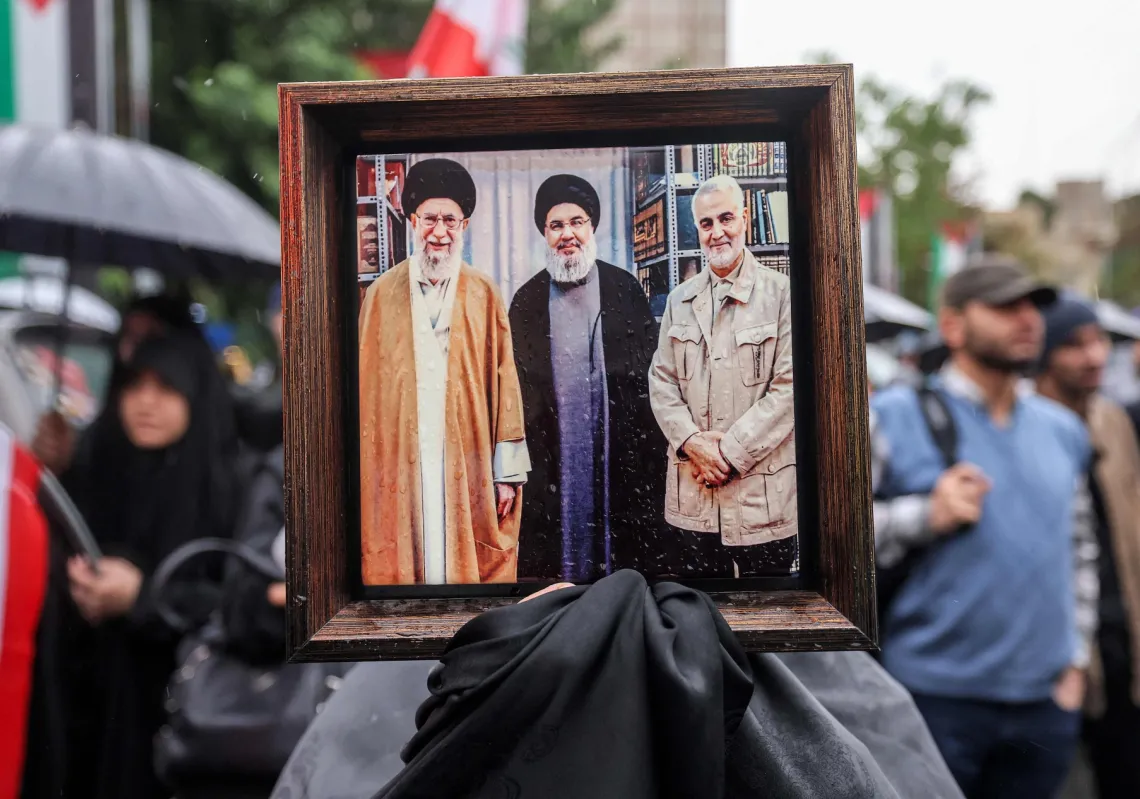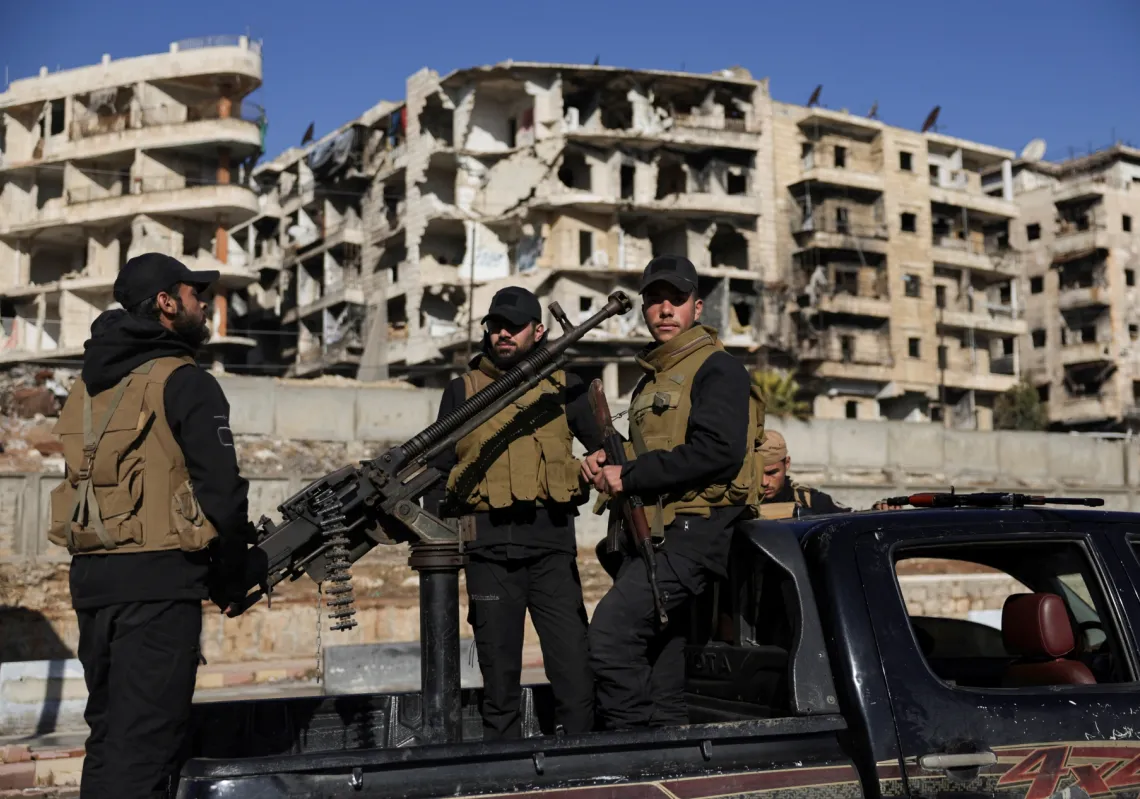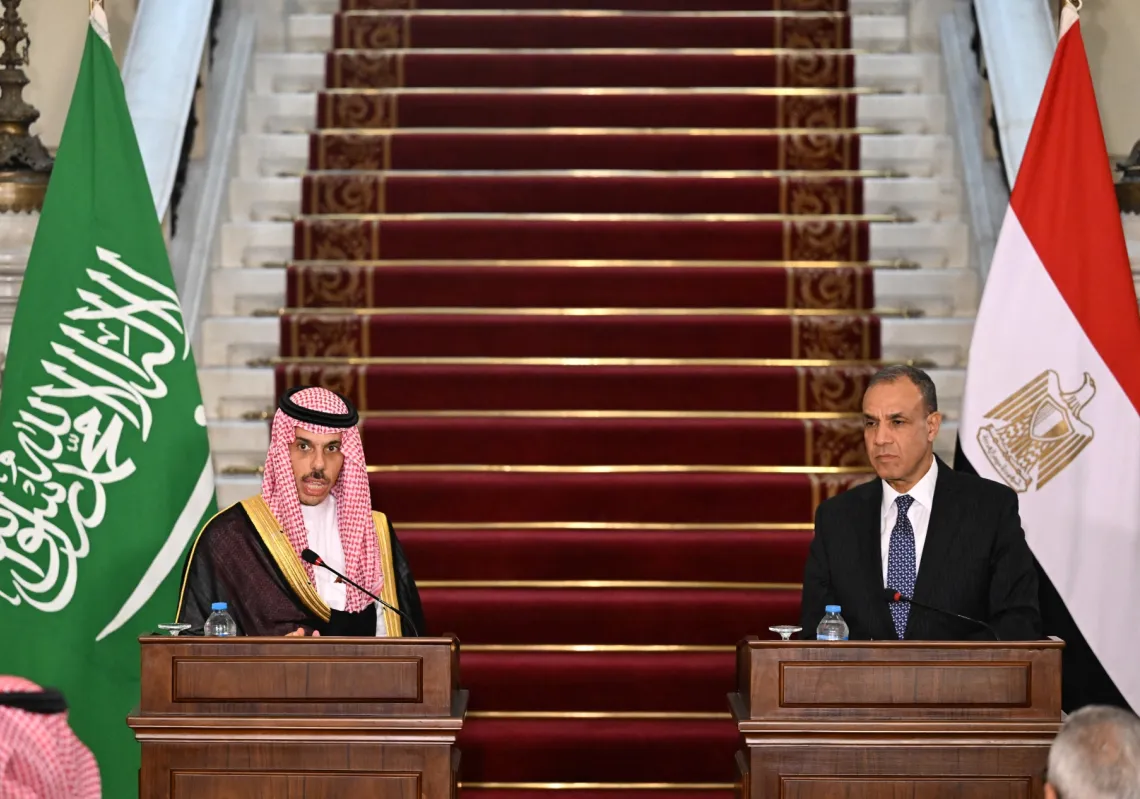When Sotheby’s, the great auction house, hosted its first major retrospective of Saudi art last month in London, the Saudi ambassador was present and in a buoyant mood. At one point, he remarked on how ‘cool’ it was to see the works displayed.
Indeed, there has been a massive upsurge in the country’s creativity and in the visibility of Saudi artists, such as those associated with Edge of Arabia, like Ahmed Mater. In Venice, meanwhile, a string of confident Saudi pavilions has familiarised the art world with ambitious homegrown installation artists. Works like the elegant Black Arch by Shadia and Raja Alem (2011) or Muhannad Shono’s The Lost Path (2020) have caused a sensation.
In fact, the buzz around contemporary Saudi art has been so loud that it would be easy to overlook the conditions that pre-existed it all as if this efflorescence had somehow sprung up spontaneously. If that is the superficial impression, Mater himself cannot be blamed for it. There is a photograph of him in his youth, grinning with huge pride in the presence of one of the country’s great artistic pioneers, Abdulhalim Radwi.
The location of the shot was the town of Abha, Mater’s birthplace, where the older artist used to host gatherings, workshops and conversations about art and used to mentor upcoming practitioners. Mater was himself a painter back then, long before he became famous for his representation of the Kaaba as a magnetic black cube surrounded by iron filings.

Hafla (meaning celebration) was the name given to a major reappraisal of Arab artefacts, including calligraphic manuscripts, jewellery, and even designer handbags. The part of this show devoted to art was called Khamseen (Fifty) and sought to turn visitors’ attention back to the previous generations. When an untitled work by Radwi’s contemporary, Mohammed Al-Saleem, sold for close to a million pounds at Sotheby’s, it became obvious that some of the old paintings were as sought after as any installation. The painting was composed of pink and brown layers and the suggestion of figures. The art dealer Qaswra Hafez, an expert on that period in Saudi art, suggested that these figures were weekending in the desert, under the canvas of a tent.

I was lucky enough to attend the discussion with Hafez, the curator of Khamseen when he was in London. However, by the time I got the opportunity to interview him, he was in Cannes. He is a keen conversationalist, and in the old days, we would have met outside a French café, our free-ranging chat punctuated by orders for more coffee. Sadly, owing to the existence of modern technology, I actually spoke to him over the phone from rainy Kent.
It’s pointless to complain, though. Without the advent of digital technology, we might not have had anything to talk about. The internet took hold in Saudi Arabia between 1996 and 2015, and the Kingdom’s art – very much a local phenomenon till then – has finally become an open secret.

Hafez, the owner of a gallery in Jeddah, was the mover behind the London exhibition, which he worked on for several months. He has spoken about the rationale behind his choice of some 60 artworks and described how the history of Saudi art falls into three or four phases, respectively: The Beginnings (1965-1980), The Awakening and Boom (1980-1996), The Information Superhighway (1996-2015), and the present period. Naturally, these are imperfect guides; there are numerous figures, not least Radwi himself, who straddle two or more phases. The revelation for some of the visitors to the exhibition was that a vibrant art scene was there long before the internet—or even the oil boom—was imaginable.
Hafez is a very persuasive advocate of Saudi art. He is clearly passionate about it. He also knows exactly how to convey this passion without stuffiness. An irreverent sense of humour helps. As a dealer, he has kept a close eye on developments over the decades, getting to know most of the prominent figures personally, and has a profound respect for the artists who he calls ‘the founders,’ about whom too little is known.
In contrast, he feels that contemporary artists have already received enough attention. He recounts how his father introduced him to the early generation of painters by asking him to select a favourite work. Having dabbled in art himself, he realised then that his vocation was to seek out and collect the works of others.

The founders include one artist in particular, who died just a day or two before our conversation. Judging by the reaction to Safeya Binzagr’s passing at the age of 84, she was by no means an obscure figure in the Kingdom. Vogue Arabia hailed her as ‘legendary’ and carried two articles mourning the loss of a pioneer and indefatigable champion of the arts, whose motto had been “If you have the will, you will” – basically, where there’s a will, there’s a way.
In the early years, Binzagr certainly needed this kind of determination. She was not even permitted to attend the opening night for one of her exhibitions. This did nothing to diminish her love of her country, which she called “my favourite place on earth.” She made history in 1968 when, along with her friend Munira Mosly, she was one of the first female artists ever to hold an art exhibition in the Kingdom. Vogue Arabia reports her saying: “I thought, I will do the exhibition; they will receive it or they will object. If they do, I will try again.”
The exhibition was held at a girls’ school, as at that time there were no galleries. From these inauspicious beginnings, Binzagr went on to exhibit internationally, with shows in Paris, London and Geneva.
Hafez admits that he only knew Safeya Binzagr professionally, but he clearly has huge admiration for what she achieved. Among all the images on the walls of Sotheby’s, her picture – entitled Zaboun – stood out. Hafez refers to it as “the Saudi Mona Lisa.” I asked him if it was The Gioconda’s smile that had led to the nickname. The answer was no, not really. “This,” he explained, “is possibly the first representation of a woman in Saudi history.”
It’s a stunning image. The woman’s gaze is very direct and full of confidence, yet it’s her vivid yellow thobe that gives the picture its name. This is the kind of apparel once worn in the Hijaz region of Arabia, the area dominated by the cities of the Holy Mosques. The seat, too, is of local design. Not made for comfort, it nonetheless enhances the sitter’s dignity.














